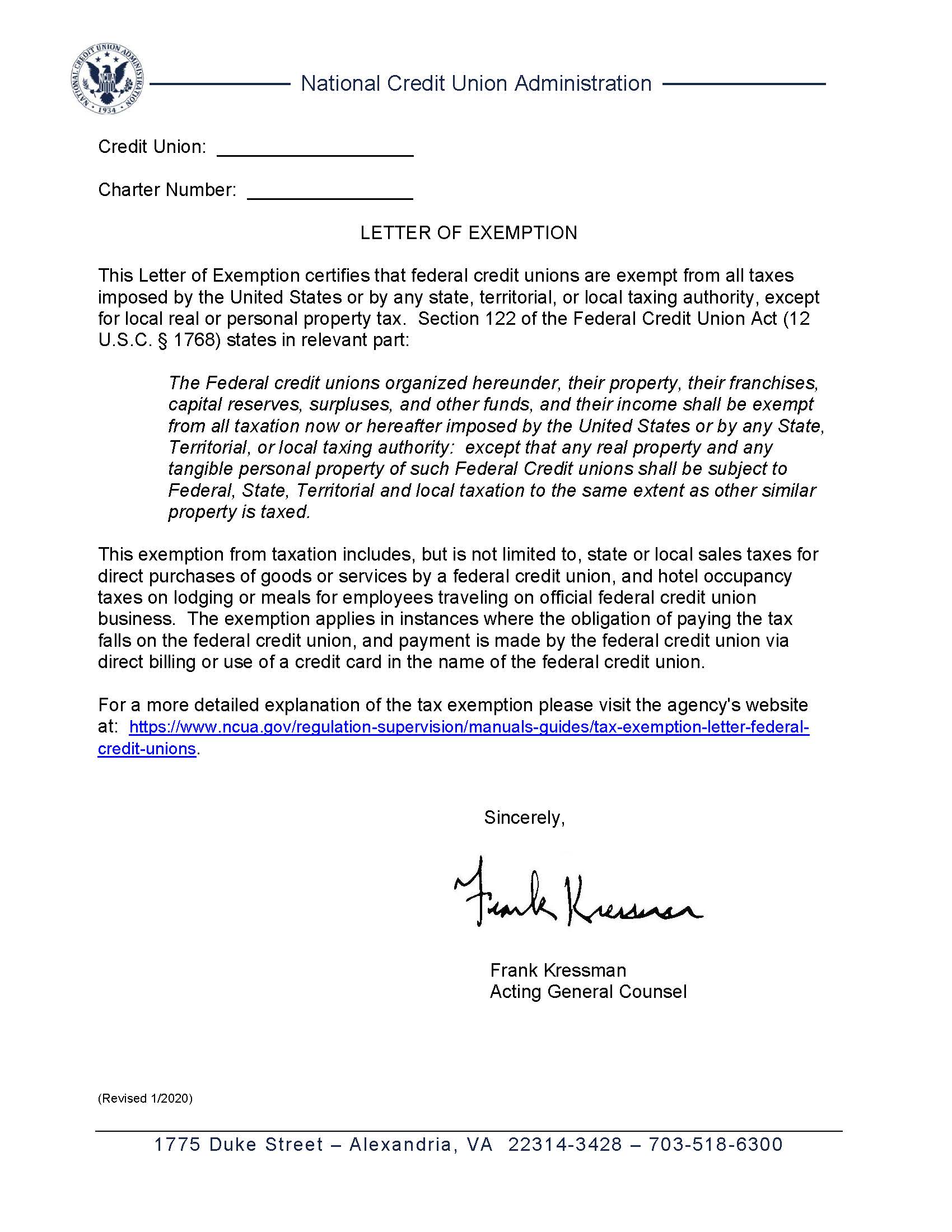NCUA is an independent agency–in many senses of that term. The most important is that the only governance oversight is via the three board members who serve 6-year terms ( or longer) once confirmed by the Senate.
NCUA raises all of its own revenue by taxing credit unions. It sets its own internal policies, manages four separate funds, passes rules and regs requiring only two board votes, and enforces its own supervisory findings including starting and ending credit union charters.
The agency prepares its own legislation (rules), interprets its own authority and executes its supervision. There is no separation of these distinct functions as in the national government.
In individual credit union actions, NCUA is the prosecuting attorney, judge, jury and sentence enforcer. There is no independent appeals process. Congress has no control except the spotlight of public hearings-but no standing authority to make change.
Even in situations as mundane as FOIA denials, the same legal office that made the initial determination rules on the appeal.
This unlimited executive, legislative, judicial and enforcement activity all within a single bureaucracy has been described as the “fourth branch” of government or the “Administrative State.”
The Chevron Ruling
A new book on this issue has just been released. The Chevron Doctrine describes bureaucratic “rule” and the role of this Supreme Court precedent.
I outlined this topic in a blog NCUA and the Supreme Court calling attention to the current case (American Hospital Association (AHA) v. Becerra ) which could substantially reinterpret how courts defer to agency’s exercise of their authority.
One reviewer of Merrill’s book comments: The author says the business of delegation is settled. He has to say this because the Constitution says Congress does not have right to delegate its powers, which it does every time it creates a new agency.
Instead of making the rules as required, it charges the agency with making the rules for itself, because Congress is dysfunctional and couldn’t possibly do this. But it’s illegal. And these agency-made rules then act as enforceable laws, which only Congress can create, at least according to the Constitution. Instead, Americans are enduring a fourth branch — the Administrative Branch — unrecognized in the Constitution.
The ruling this week by a Florida judge that the Center for Disease Control’s (CDC) mask requirements for public transportation was illegal, is a rare example of a court overturning an agency’s requirements.
How This Affects Credit Unions
Credit unions have learned there is no recourse to NCUA’s actions or inactions. The agency’s directives from onerous exam DOR’s, financial interpretations imposing PCA ratios, and rules issued outside traditional statutory authority (e.g. the RBC/ CCULR capital regulation approved in December 2021) are the most obvious example of NCUA’s unchecked authority.
However just as important as acts of commission are omissions, when NCUA fails to enforce its own fiduciary interpretations. If a CEO and Chair of a credit union want to transfer $10 million of members’ capital to their own private firm upon merger, that’s OK with NCUA.
In merger after merger, members are misinformed, or not informed of the consequences of their vote. NCUA continues to approve rhetorical statements of good intentions in the required Member Notice with significant omissions of material facts, as a sufficient basis for member-owners to vote on their charter’s future.
One example: in 2021 members lost their voting rights for the board or approving other corporate actions such as merger, when combing with a specific state charter and giving up their federal voting options. There was no mention of this change in the merger material.
The Only Constraint
The only check and balance on NCUA’s actions or inactions is at the board level. If individual board members do not raise the question of proper authority or about acts of omission, there is no accountability at the agency.
When Board member Mark McWatters, a lawyer, twice presented his legal analysis opposing the agency’s risk based capital proposals as not authorized by statue, his reasoning was “overruled” twice by a simple board vote, 2 to 1.
Democracy is hard work. The processes sustaining it are fragile. Personal ambition and ideological views can override traditional norms of transparency, accountability and even term limits.
The motivations for the transition in 1977 of NCUA from a single Administrator to a three-person board was due to credit union concerns over the power of one person to determine the future of credit unions. Especially one who had a prior career as a Marine general.
The Supreme Court may limit the Chevron precedent and the unchecked administrative power of government agencies. In the interim this means the responsibility of individual board members is especially critical if some semblance of democratic accountability is to govern NCUA’s conduct.



